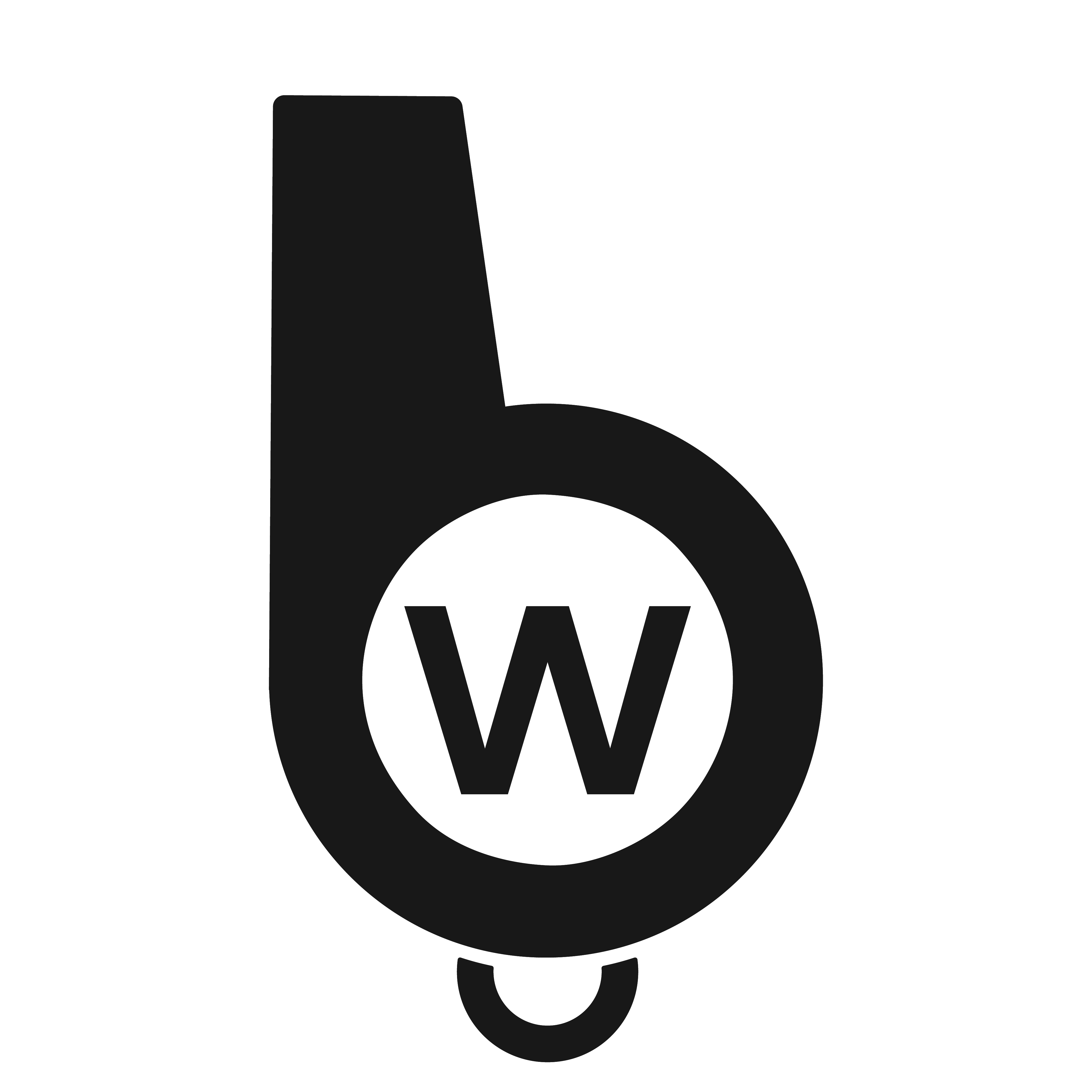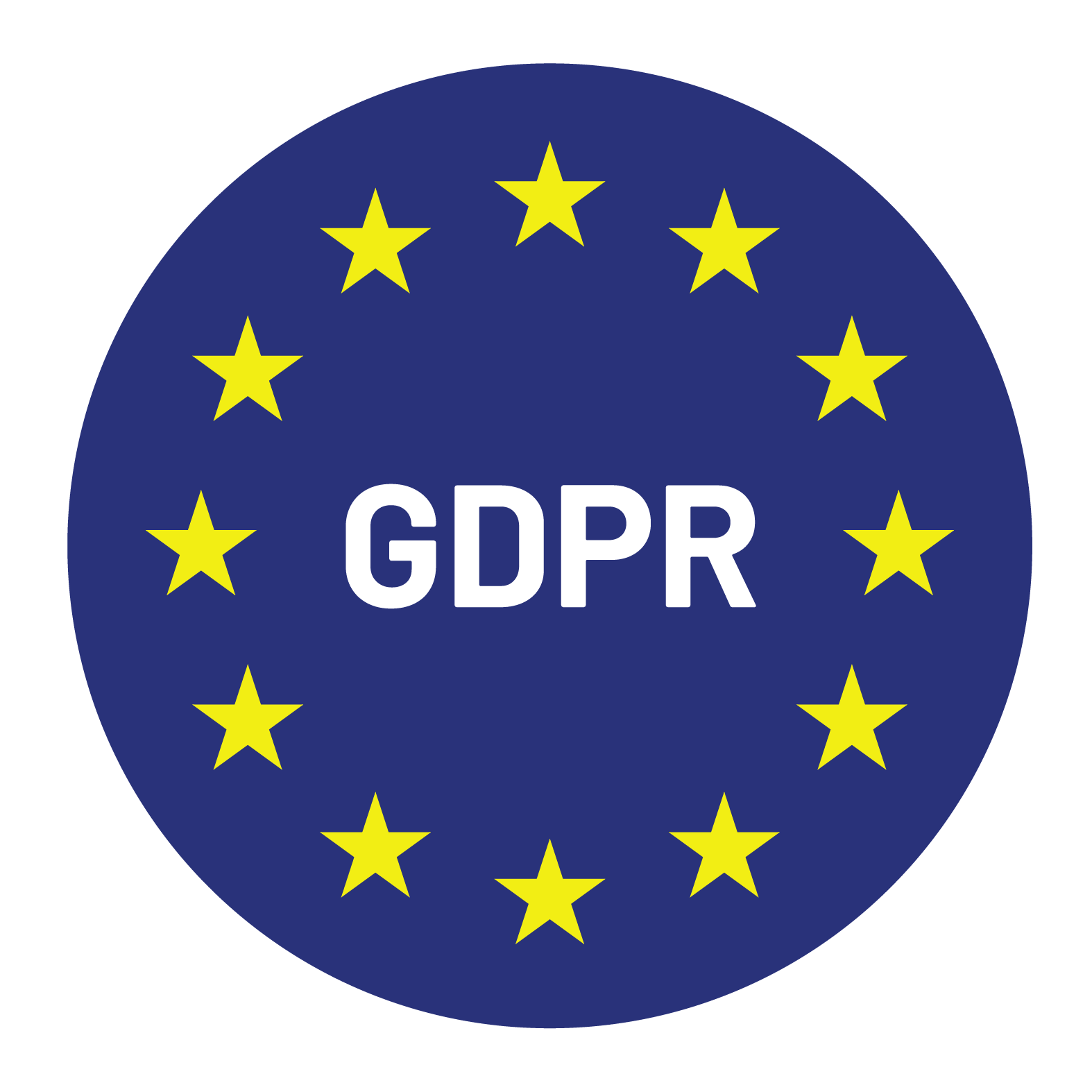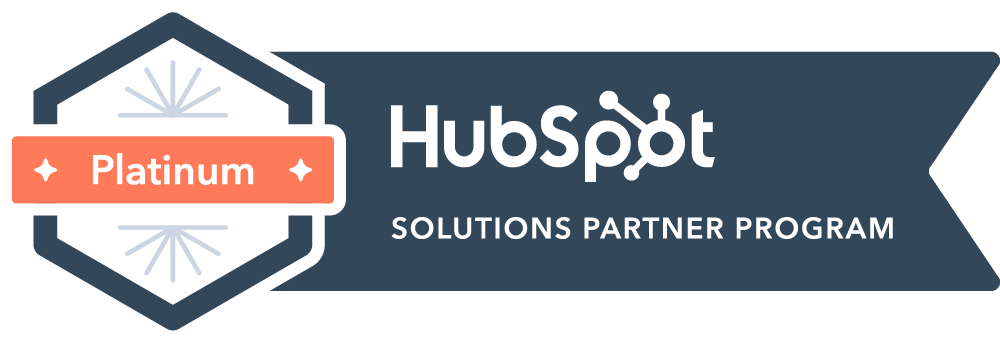The Seven Functions of an SDR in your PLG Strategy

Table of Contents In a product-led growth (PLG) strategy, a Sales Development Representative (SDR) plays a crucial role in driving customer acquisition and revenue growth. Through various functions, an SDR acts as a bridge between the product team and the sales team, ensuring that potential customers are matched with the right product that meets their […]




